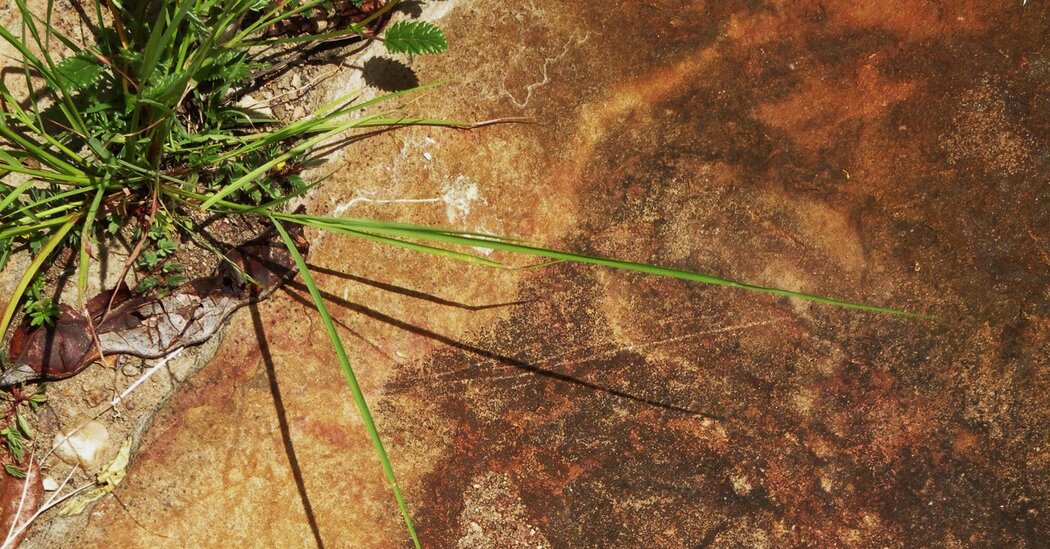More than 260 similar footprints found in Brazil and Cameroon help us understand a region that broke apart millions of years ago.
They may be an ocean apart, but dinosaur footprints found in South America and Africa are so similar that their discovery suggests dinosaurs may have roamed a narrow corridor that connected the two continents before they split.
Researchers found more than 260 footprints more than 3,700 miles apart in Brazil and Cameroon that were preserved in mud and silt where ancient rivers and lakes once stood, according to a study published Monday by the New Mexico Museum of Natural History and Science. The tracks were made 120 million years ago when Africa and South America were still connected as part of a supercontinent called Gondwana, the researchers found.
According to the study, the Borborema Plateau in northeastern Brazil and the Koum Basin in northern Cameroon both contain similar geological structures that preserved dinosaur prints .
The footprints discovered in those areas were similar in age, shape and geological context, said Dr. Louis L. Jacobs, a paleontologist at Southern Methodist University in Texas and the study’s lead author.
It is not surprising to make similar discoveries in regions that were once connected, Dr. Jacobs said, but the dinosaur tracks help us understand the geologic history of a region that broke apart millions of years ago.
